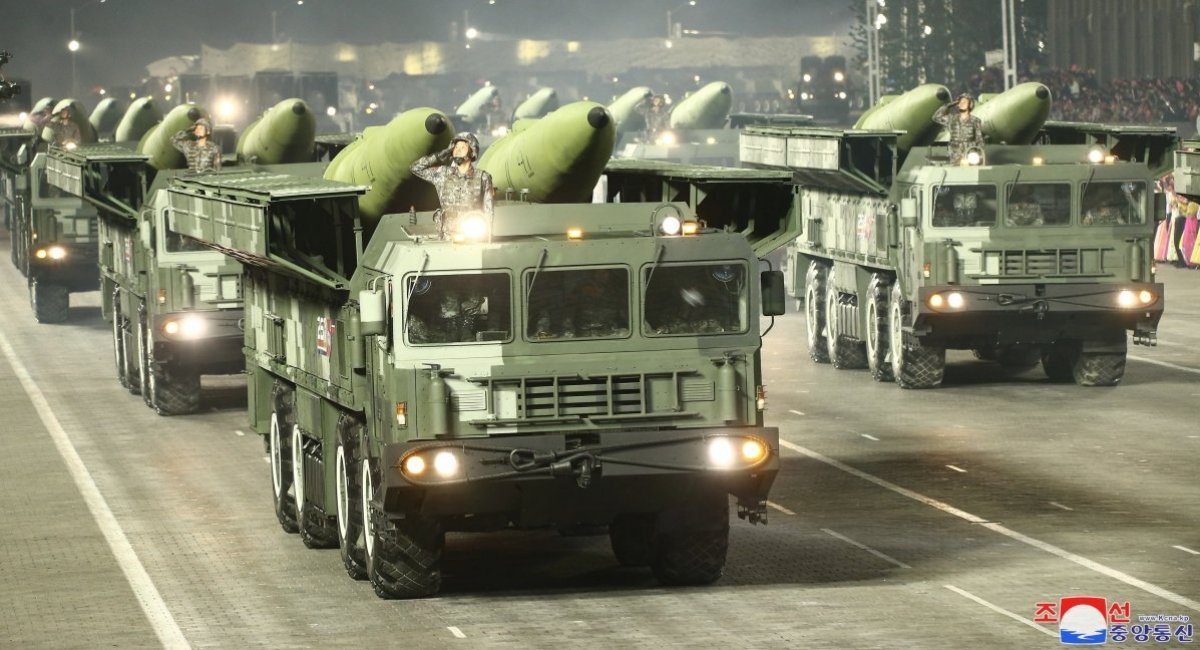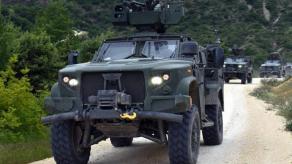Earlier this year, russia used North Korean-supplied missiles for the first time in terrorist attacks against Ukraine. In August and September, following a five-month hiatus, there was a spike in strikes involving KN-23 ballistic missiles. According to Mykola Oleshchuk, the then-commander of Ukraine's Air Force, these missiles rarely hit their intended targets but still pose a significant threat to civilians.

As reported by CNN, since the beginning of the year, russian forces have launched approximately 60 KN-23 missiles from North Korea at Ukraine. This figure represents nearly one-third of all ballistic missiles russia has fired this year, with a total of 194 reported.
Read more: North Korea Experimented With Train-Launched KN-23 Missile in 2021, Can russia Try the Same in Ukraine?
The outlet also quoted Yurii Ihnat, acting head of the Communications Directorate of the Ukrainian Air Force Command, who noted that since the spring, russia has increasingly relied on ballistic missiles and long-range attack drones in its strikes.
Andriy Kulchytskyi, head of the Military Research Laboratory at the Kyiv Scientific Research Institute of Forensic Expertise (KSRIFE), told CNN that all the electronics in North Korea's KN-23 ballistic missiles are imported. Kulchytskyi highlighted that the only genuinely North Korean element in the missiles is the metal, which rusts and corrodes quickly.

Ukrainian intelligence indicates that about 70% of the Western components in the KN-23 missiles are of U.S. origin, with similar data (approximately 75%) previously reported by the British-based Conflict Armament Research (CAR). According to NAKO (the National Anti-Corruption Bureau of Ukraine), critical components from nine Western companies—including manufacturers from the Netherlands and the United Kingdom—have been identified in these missiles, with CAR identifying more than 250 companies overall.
The report emphasizes that the issue lies not solely with the manufacturers but also with intermediary companies. A significant portion of the components found in North Korean missiles are reportedly sold by five major distributors from the United States and Canada.
CAR analysts note that China is often the final buyer of these components from both manufacturers and intermediaries. Some components may even be counterfeit, as one unnamed manufacturer demonstrated to NAKO that a component supposedly found in a missile was actually a fake. Notably, some components recovered from the missiles were produced as recently as last year.
Earlier reports by Defense Express revealed that russia provided North Korea with materials and technical documentation to produce KN-23 missiles, which have since been used in strikes against Ukraine.
Read more: The DPRK Tests Version of the KN-23 with a 4.5-Ton Warhead: Is It a New Threat to Ukraine?














